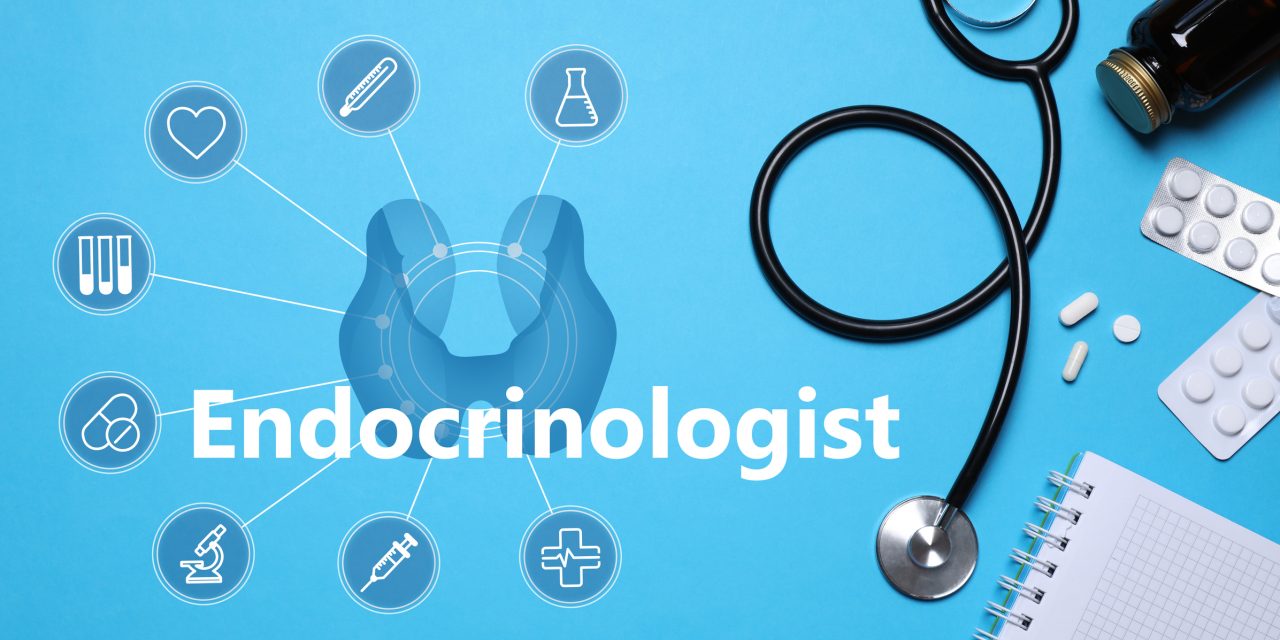Sleep quality typically decreases after menopause, but the underlying mechanisms are poorly understood. Concentrations of melatonin are lower and its secretion profiles different before and after menopause. However, whether and how melatonin and sleep architecture are associated in women of different reproductive states have not been examined to date.
Overnight serum melatonin samples were taken from 17 perimenopausal and 18 postmenopausal healthy women. Sleep quality was measured with all-night polysomnography recordings.
Melatonin concentrations tended to be the lowest during NREM sleep, and were associated with higher odds of transitions from wake to NREM sleep. The curves of predicted overnight melatonin values from linear mixed models varied according to sleep phases (NREM, REM, Wake) in perimenopausal, but not in postmenopausal women. In perimenopause higher melatonin area under curve (AUC) correlated with higher slow-wave activity (p = 0.043), and higher minimum concentrations with shorter slow-wave sleep (SWS) latency (p = 0.029). In postmenopause higher mean and maximum melatonin concentrations and AUC correlated with lower SWS percentage (p = 0.044, p = 0.029, p = 0.032), and higher mean (p = 0.032), maximum (p = 0.032) and minimum (p = 0.037) concentrations with more awakenings from REM sleep. In the age- and BMI- adjusted regression models, the association between higher maximum (p = 0.046) melatonin concentration and lower SWS percentage remained.
The relationship between melatonin and sleep architecture differed in perimenopausal and postmenopausal women. After menopause, high melatonin concentrations were associated with worse sleep. Whether these different patterns are related to aging of the reproductive system, and to decrease in menopausal sleep quality, remains to be elucidated.
Copyright © 2021 Elsevier B.V. All rights reserved.
Nighttime melatonin secretion and sleep architecture: different associations in perimenopausal and postmenopausal women.


